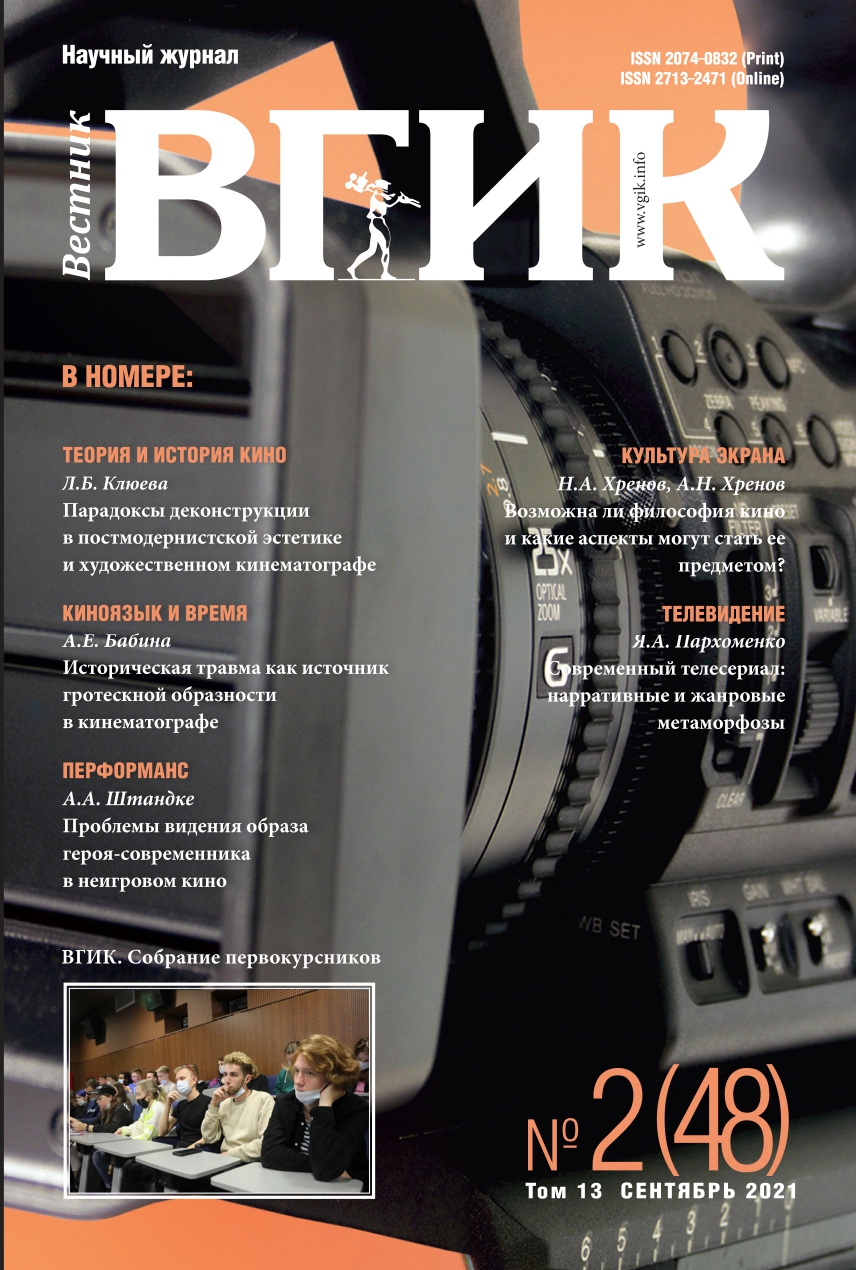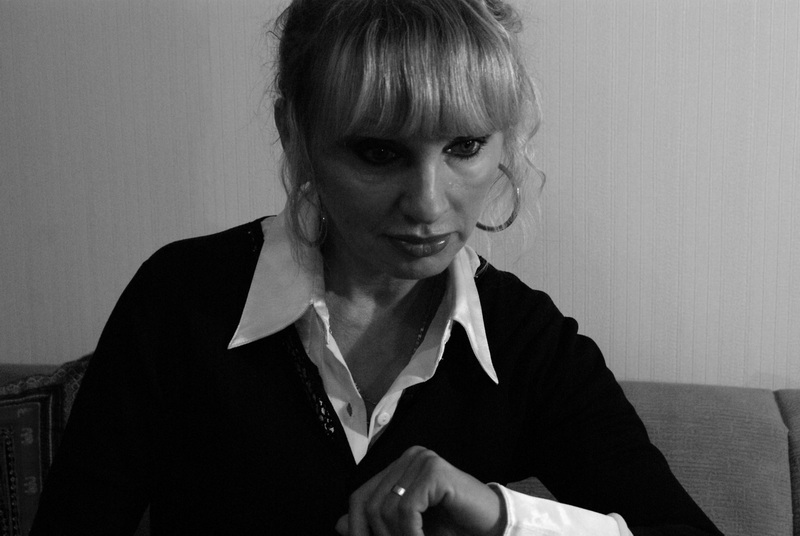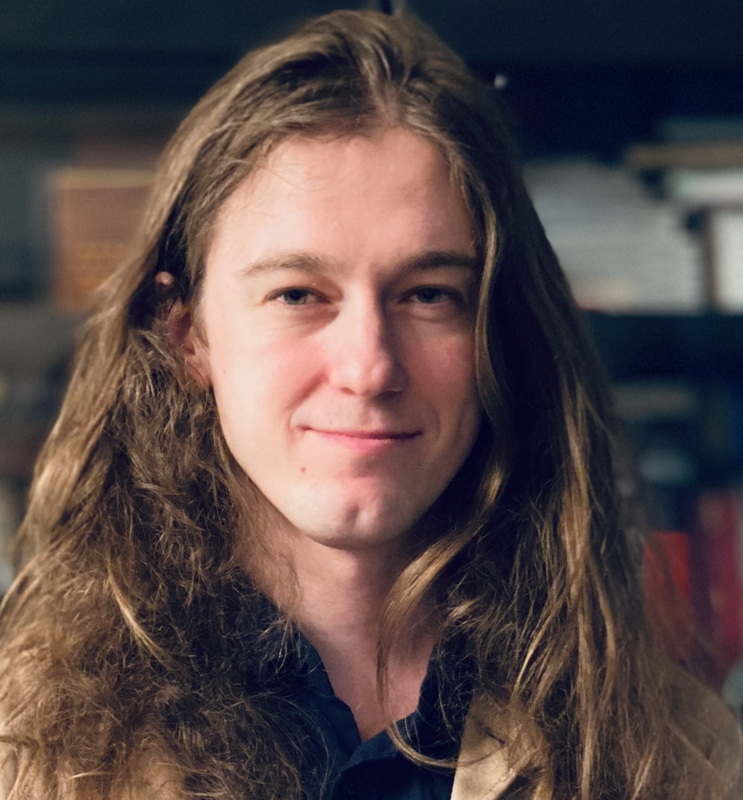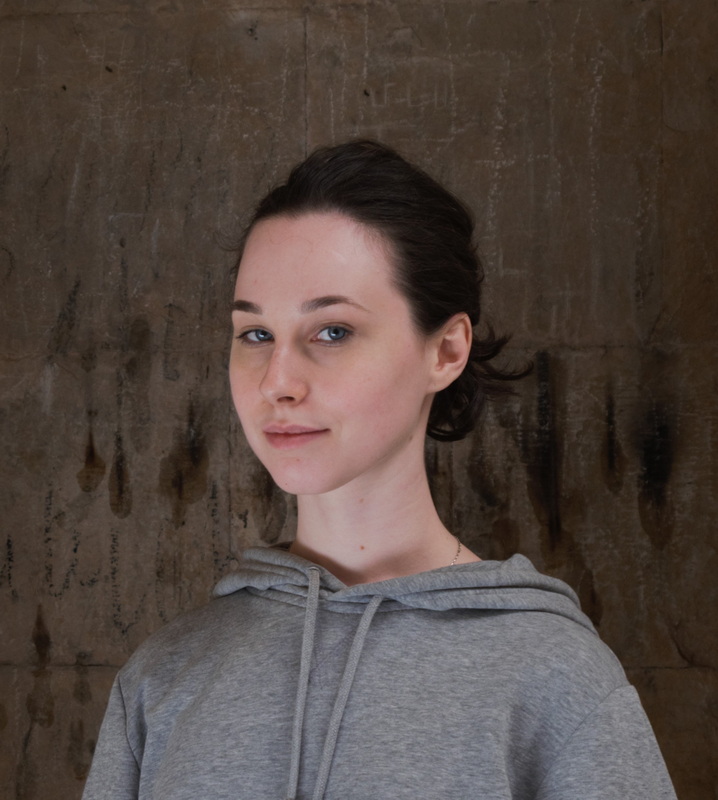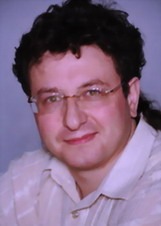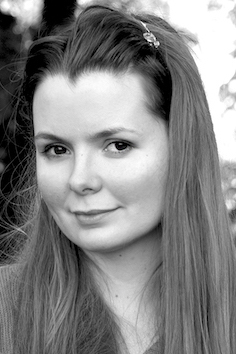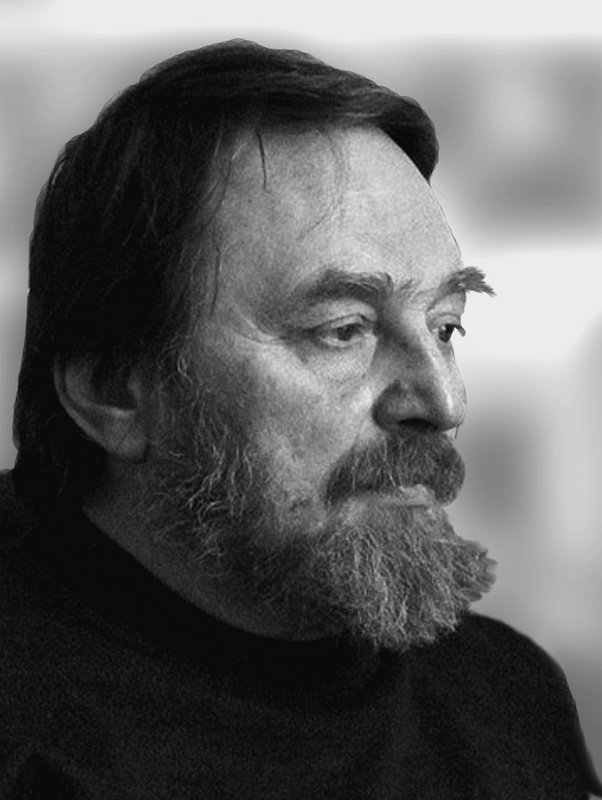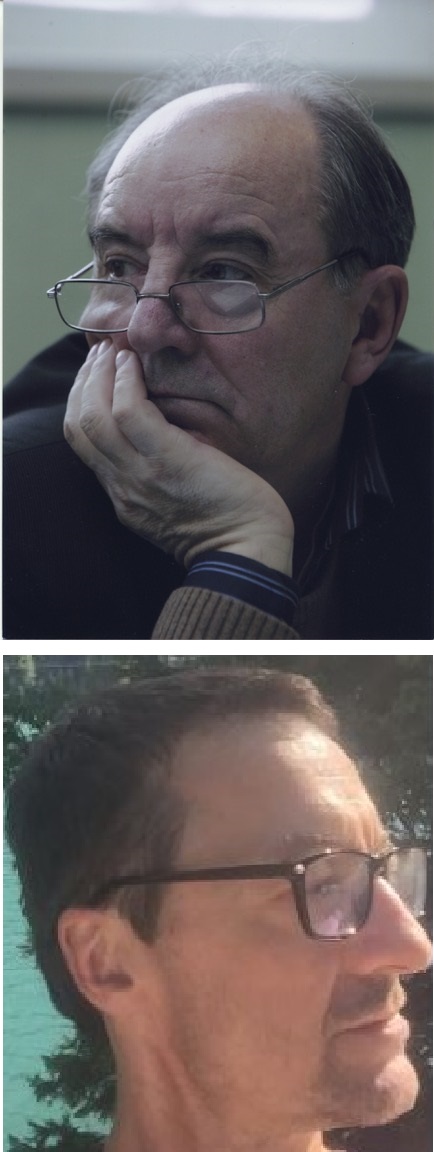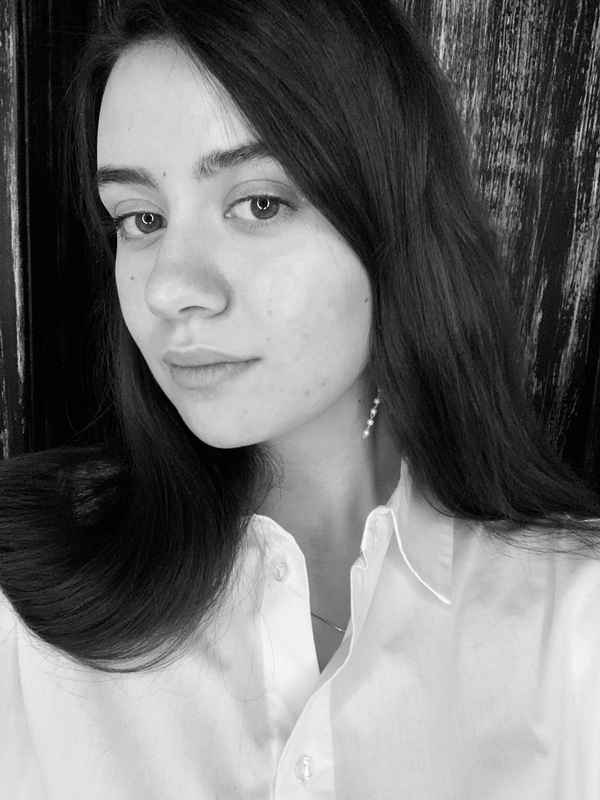Vol 13, No 2(48) (2021)
- Year: 2021
- Articles: 17
- URL: https://journals.eco-vector.com/2074-0832/issue/view/4040
- DOI: https://doi.org/10.17816/VGIK132(48)
Full Issue
XPOHИКА В ДЕТАЛЯХ | АКТУАЛЬНОЕ СОБЫТИЕ
From the First of September, VGIK!
 6-6
6-6


THEORY AND HISTORY OF CINEMA | AUDIOVISUAL ARTS
Paradoxes of Deconstruction in Postmodern Aesthetics and Art Cinema
Abstract
This article is an attempt to reflect on some of the key issues of the French philosopher Jacques Derrida’s ideas, and, above all, on the term "deconstruction," as well as on the practical implementation of these theses in the artistic practice of such outstanding directors as M.Haneke, A.German (senior), or Carlos Reygadas.
The article is not meant to be a statement of a certain position, but rather a quest for it, in the words of Roland Barthes — the article is like a "question in reply" — an attempt to express one’s own thoughts on this problem, and, if possible, to stimulate new works in this direction. Many theorists will no doubt agree that J.Derrida's deconstruction is the main conceptual source of the entire postmodern aesthetic. And that's fair. Not even in the sense that there have long been entire schools of new criticism, the emergence of which was in one way or another provoked by certain ideas of the leader of the French intellectuals of the post-Structuralist orientation.
Derrida himself notes that deconstruction is radically different from all the variations of traditional criticism. In our opinion, there is a very successful, aesthetically correct definition of deconstruction, which holds much promise for analytical work, as an “artistic transcription of philosophy”. It seems to us that this aspect of deconstruction is extremely popular not so much in the aesthetic, but in the artistic sphere, and above all this concerns hands-on critical practice.
The definition of the status of deconstruction as “artistic transcription”, a kind of artistic conceptualization of a particular philosophy or certain of its aspects, actually opens up the prospect of “reading” especially complicated texts, which are conceptually closed, or built around seemingly intractable contradictions that make the process of perception and comprehension extremely difficult, since all attempts to rationally explain intra-text situations seem very difficult and simply do not fit into the framework of existing traditions and regulations.
The assumption that deconstruction can become an artistic transcription of any philosophical idea opens up the possibility of creating some kind of individual conceptualization of the language of the text, which may be underlain by unexpected conclusions or hypotheses. We can say that the understanding of deconstruction as an artistic implementation of a particular philosophical concept, is here defined as the constitutive idea of this work.
 8-25
8-25


Labyrinth Structure: the Complexity of Plot Construction as a Problem in the Theory of Drama
Abstract
Dramatists have to think about the complexity of their writings so that they remain comprehensible for the viewer. There is a delicate balance between the impossibility of interpreting total chaos and the unbearable boredom of an absolutely predictable routine. How can it be discovered? How does script complexity work? What is complexity in art, after all? All these issues are important and extensive, and there is a concept that can help clarify some aspects of the interaction with the complexity of film plots.
It was introduced by Umberto Eco as a response to the need for a structural classification of modernist novels; it can also be used to analyze film plots that have certain properties. Complexity necessarily expresses the character’s challenging quest simulated by a labyrinth. But it is too confusing. In this case, the structure of the labyrinth can become a supporting system of interpretation, even when one has to deal with very chaotic elements of the narrative. This article examines multiple examples of labyrinth-like structures in film plots and assesses their impact on the complexity of the narrative.
Usually, when it comes to complexity, it is assumed that we are talking about some redundancy. Indeed, any system can be complicated by adding more and more elements to it. Such a method can be called extensive. There is also an intensification of complexity, where not so much the number of elements grows as the number of ways to classify them. Structural predictability is comparable to the narrative primitiveness. But sometimes it is only the outer layer that is primitive. It would be right to assume that a film requires both the pole of the simple and the pole of the complex. The structure of the labyrinth can be that system where the simple and complex aspects of the narrative converge. The feeling of transcending the ordinary can be extremely useful not only for horror or comedy, but also for modern drama.
 26-38
26-38


FILM LANGUAGE AND TIME | IMAGE GENESIS
Historical Trauma as a Source of Grotesque in Cinema
Abstract
The article examines the relationship between a historical trauma experienced by a nation and grotesque in cinema. While making it possible to distort and modify subjects, grotesque is closely connected with cinematic time and space, and the historical context becomes a fertile ground for constructing images that are ambivalent and transgressive, ambiguous and polysemantic. Drawing on the case of Metropolis (1927) and Godzilla (1954), the first part of the article looks into the way grotesque helps interpret the global historical upheavals: the Great Depression, World Wars One and Two. The analysis of the world’s internal conflicts results in the emergence of monsters taking on a form that balances on the edge of life and death, reality and fiction.
The second part investigates technological progress as part of historical trauma. The films The Fly (1986) and Total Recall (1990) record the defective exit of the characters beyond the boundaries of their own physicality due to scientific achievements which prove hostile to a human being.
In the conclusion the author argues that any historical trauma is antagonistic to a character. Looked at from the director’s prospective, it is fixed by means of grotesque, which makes it acquire a borderline form: anthropomorphic, zoomorphic or amorphous. The proposed selection of films gives but a rough review of grotesque. However, even such a concise survey sheds light on its interaction with the spatiotemporal continuum, on the one hand, and the experienced trauma reflected in films on the other.
The article can be useful for professional screenwriters and directors, as well as for students studying the basics of drama and a wide range of readers interested in the nature of the grotesque structure. The article is based on the academic research of Mikhail Bakhtin, Gilles Deleuze, Natalia Marievskaya, Mikhail Yampolsky.
 40-54
40-54


A Stunt as a Plastic Metaphor in Epic Series “Liberation”
Abstract
On the example of Yuri Ozerov's epic series ‘‘Liberation’’ (1968-1972), comprising five films: ‘‘The Fire Bulge’’ (1968), ‘‘Breakthrough’’ (1969), ‘‘Direction of the Main Blow’’ (1970), ‘‘Battle of Berlin’’ (1971) and ‘‘The Last Assault’’ (1971), the article explores the stunt as a spectacular plastic metaphor in the structure of the character’s cinematic image. A certain category of stunt performance in each film is considered in order to determine the characteristic traits shaping the image of a Soviet soldier. The selection of the stunts was based on a single identification feature, the main criterion being the stunt scenes of ‘‘shootings’’. Their example is used to analyze the transformation of a stunt action into a plastic metaphor capable of giving the plot-line additional psycho-emotional sensations. The techniques of stunt demonstration used by the film creators, headed by war veterans — the director, DOP, screenwriter, etc. — are studied. War stunts, which linger in the audience’s memory and the artistic imagery of which is fixed by the viewer's perception, do not only expand and complement the characterization of the screen character, but also makes it possible to look at past events through the eyes of eyewitnesses. Such cinematic experience and the technology used, require a detailed analyses, especially for modern young directors who are trying to recreate the authenticity and atmosphere of the past war. The metaphorical character of stunt performance in war films acquires completely different conceptual and semantic aspects, impregnated with cultural and historical retrospection, heroic and patriotic pathos, psycho-emotional impact and other categories that form an authentic artistic image of the war. It is here that stunt demonstration becomes one of the essential spectacular plastic means of cinematic expressiveness.
 55-66
55-66


PERFORMANCE | ART OF PRESENTATION
The Perception of a Contemporary in Non-fiction Films
Abstract
The article analyses the difference in the perception of a contemporary between the filmmaker and the audience as exemplified by national non-fiction filmmaking. Documentary cinema is socially focused by nature and being a specific way of studying, reflecting and shaping reality, follows certain aesthetic principles. The viewer’s artistic comprehension is determined by a certain axiological landmark: the focus on the social evaluation of the film, but the audience’s unwillingness to cognize another individual’s experience leads to subjective judgments limited by personal preferences.
The article points out artistic issues of non-fiction cinema. Unlike the situation when there is a sponsor with distinct requirements, a real person is unaware of the ultimate goal of their screen image until they see the finished portrait. The process of the contemporary subject’s familiarization with their portrait and its acceptance is one of the vital creative problems of documentary filmmaking.
In the era of digital technologies and on-line communication, a non-fictional contemporary subject has their own idea of themselves in both real and screen worlds. They generally want to see a positive image of themselves thus they might idealize their representation in the final version of the film. The creation of a documentary portrait is influenced by the attributes of the modern world: the Internet, digital recording technologies. The problem of interaction between the filmmaker, the subject and the spectator in art is considered by referring to the experience from other art-forms.
A real person, who for the most part perceives the process of creating a portrait as a game, may subsequently reject their portrait, but when a lot of work has already been done, this problem can prove a serious one for the director, because it may require dramatic alterations in the film.
 68-78
68-78


The Intertextuality of the Sound Space in Dmitry Volkostrelov’s productions
Abstract
Productions based on films as opposed to plays are a phenomenon which is becoming increasingly prominent in contemporary theatrical art. At the same time, there are still no scientific texts looking into this type of works. There are reviews, where the focus is predominantly on the comparison of plotlines and the film is essentially studied as a dramatic text. In some cases, the subject of the comparison may be а scene from the film that has found its way into the stage production as a visual quote.
This article makes the pioneering use of a method borrowed from film studies — diegetic analysis of the soundscape — to analyze this kind of productions. In film the method is used to analyze how and by what means the viewer is relocated from one narrative level to another. In films this is often the function of sounds. The aim of the study was to test the possibility of applying this methodology to the theatre and to test the hypothesis that productions based on films reproduce the structural connections of these films. The following conclusions have been made: diegetic analysis of soundscapes in theatre is possible and effective at least for productions based on cinematic texts.
When using the methodology it becomes evident that the director relies on the soundscape structure of the films. It has been established that the audio components of the stage production become the key elements used by the director to interact with the original source. By recreating and enhancing the structural connections between sound, image and plot, the director creates the opportunity for the audience to have an experience similar to that of the film characters. At the same time, there remains the possibility of staying in a metaposition, observing and comparing the stage and the screen productions.
 79-89
79-89


Compositional Objectives of Academic Drawing
Abstract
Teaching of drawing at the art department of VGIK has its own specific aspects, due to the objective of preparing students for their future work at a film studio, where, in contact with the director and cameraman, they will create the visual image of the film. In the classroom students, especially junior year students, tend to replicate the model in front of them, diligently copying the light and shadows, focusing mainly on the proportions and the characteristic features and mood of the model, but paying no attention to the lay-out or composition.
However, a proper academic drawing is not a mere copy or projection of a model set-up onto the plane of the sheet, but rather an image that is constructed and laid-out in a specific way, an image that appears to copy the model only at first superficial glance, but in fact it carries all the characteristics of an independent creative composition. There is a well-known saying: “Nature creates the reality, the artist shows how it is perceived”.
This article also discusses the main objectives of drawing: the unity of contrasts, the rendering of movement and time, the unity of plane and space, and the combination of reasoning and intuition. For a long time, artists have allocated a special role to contrasts. The famous Soviet graphic artist E.A.Kibrik considered the problem of contrasts to be of high importance. He wrote that contrasts can be considered to be not only a law of composition, but a law of art in general. The educational task therefore includes the search for and the integration into a holistic form of plastic opposites: the broken and broad rhythms of chiaroscuro, soft and angular lines, large and small surfaces, etc. When creating graphic images, it is necessary to address the problems of plane and space, not only resorting to the rational analysis, but also applying intuition, without which the image invariably lacks interest and vitality.
 90-99
90-99


ЧИТАЛЬНЫЙ ЗАЛ | КНИЖНАЯ ПОЛКА
Библиотека ВГИК
 100-100
100-100


SCREEN CULTURE | CULTURAL STUDIES. PHILOSOPHY
Is Film Philosophy Possible and What Aspects of Cinema May Become its Subject?
Abstract
The use of a complex methodology in cinema studies is constantly being discussed. There are researches on sociology, psychology, aesthetics and semiotics of cinema. The movement towards an integrated methodology makes the idea of a philosophy of cinema relevant. The synthesis of different academic approaches in cinema studies can be only understood in terms of philosophy. Each discipline sees and is able to explain through cinema merely what is connected with its agenda. An appropriate methodology needs to be developed so that these different aspects of cinema are transformed into the elements of a uniform system. The article analyzes the philosophical approach to cinema studies of Gilles Deleuze, who made cinema instrumental in examining time. Deleuze’s work in question explores Henri Bergson's argumentation of dramatic changes in the perception of time. It would seem that it was cinema, with its ability to capture the dynamism of social life, that should have demonstrated the meaning of such changes. Bergson understood, quite traditionally, the ability of cinema to recreate time in the forms of space. Deleuze shares the conventional point of view on the fate of philosophy, which argues that previous philosophy disappears and, dissolving in art, exists only in artistic manifestations.
The authors conclude that:
1. The intrusion of philosophy into cinema dictates the need to develop a theory as a mediator between film philosophy and filmmaking.
2. When studying cinema through other liberal sciences, it is necessary to avoid discussing specific aspects and strive for a systematic consideration.
3. The study of cinema from the point of view of various schools of thought, does not exclude finding points of contact between them.
4. The need for an integrated methodology in studying cinema involving philosophical angles is also dictated by the rapid development of technology.
It is necessary to take into account what has already been accomplished in the philosophy of technology.
 102-118
102-118


WORLD CINEMA | ANALYSIS
Visual Communications of May 1968 in France in the XXI century: Slogans, Posters, Cinema
Abstract
The article examines the influence of visual communications formed during the May events of 1968 on modern culture in France. The study of this problem may result in the elaboration of a scientific understanding of the peculiarities of the visual symbolism of protest in graphic arts and cinema after the strikes of May’68.
The ideas of the events of May 1968 remain relevant even at the end of the second decade of the 21st century. The genres and visual images, formed under the influence of strikes and demonstrations, have found their way into the Internet environment, modern journalism, advertising, PR campaigns and art. In 2018, on the 50th anniversary of May’68, students in France protested against education reform once again and used the visual images and means that appeared during the events of May 1968. In 2020, during the global crisis of the COVID-19 pandemic, some slogans and genres that took shape during the crisis of 1968 became relevant once again.
Criticizing the wealthy strata of the population and the current government, the participants in the May movement intended to switch over to cheap and mass production. As a result, a whole complex of new visual forms was formed in France.
These visual forms become relevant again during periods of social and political crises in French society. Moreover, in modern France, communications of May’68 are not only used in their original form, but are often adapted to current conditions, news background and supplemented with modern visual symbols and speech patterns. All of it testifies to the universality of the "language of protest" invented by the strikers in 1968. The main characteristics that modern visual communications have in common with the visual communications of May’68 are the principles of anonymity and collectivity, which are readily evident in the Internet nowadays.
 120-129
120-129


READING-ROOM | BOOK SHELF
Библиотека ВГИК
 130-130
130-130


TELEVISION | DIGITAL ENVIRONMENT
Contemporary TV Series: Narrative and Genre Metamorphoses
Abstract
The article is dedicated to the analysis of the shaping and development pf narrative models in modern industry of television series viewed as a specific phase of global escalation of sociocultural reflection that is characterized by a specific manner of influence on the mass audience.
Productive process on television plays the role of a powerful culture modeling instrument that allows for cataloguing massive information layers, which are in the state of a continuous exponential transformation of cultural and historical experience, in the form of narrative figures.
This article rationalizes the hypothesis of explicit-implicit principle of constructing genre diegesis for TV series that allows for the creation of a specific kind of viewing intentions.
The author emphasizes that explicit genre formants are replicated in virtually identical and easily recognizable invariants, while implicit (mostly communicative, less often contextual) formants are either not replicated at all, or with large distortions and reduction.
The article studies the process of spectator infantilization and a special way of perception that is formed in relation to serial content.
With reference to Giles Deleuze’s cultural concepts, the author substantiates the thesis that the narrative nature of a television series is determined by the principle of cultural self-reproduction, a process that on the one hand organizes and maintains cultural community and integrity in the modern world, and on the other, leads to the perception of differences in figurative nuances and details.
The article considers three types of national serial industries - British, Korean, and Turkish-that demonstrate a high degree of generativity of plot models, which gives them the opportunity to dynamically and consistently expand their audience, overcome the purely ethnic features of the serial narrative and integrate into the world screen process.
 132-147
132-147


ЧИTAЛЬHЫЙ ЗАЛ | КНИЖНАЯ ПОЛКА
 148-148
148-148


CHRONICLE IN DETAIL | CURRENT EVENTS
Master class by B.V.Vengerovsky, Honored Artist of Russia. A visit to Peredelkino. Boris Pasternak House Museum. Production faculty: master class by Anatoly Sivushov. At the opening of the monument "Shoulder to Shoulder"
 149-151
149-151


SUMMARY | PRESENTATION OF AUTHORS
Summary
 152-157
152-157


RECOMMENDATIONS AUTHORS
Recommendations to authors
 158-160
158-160











